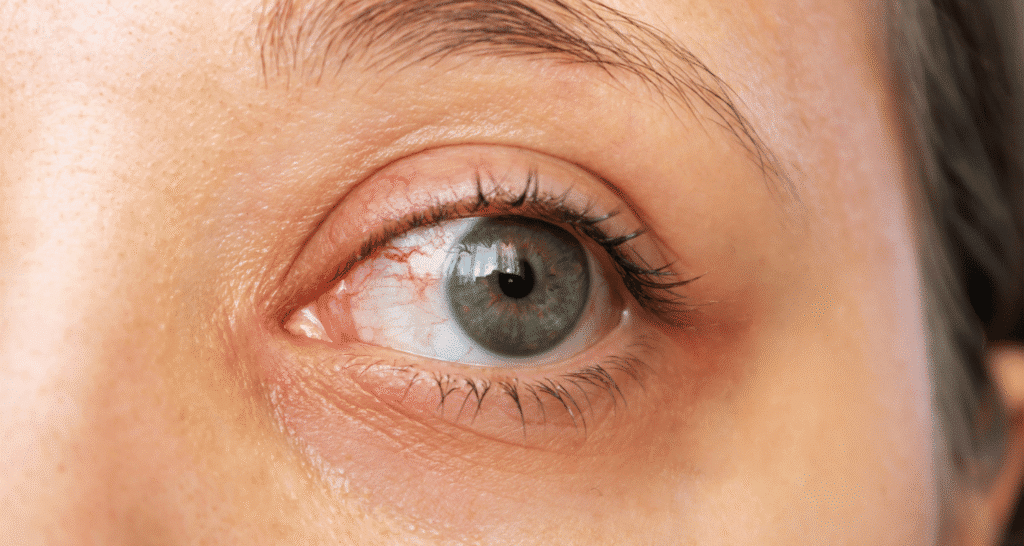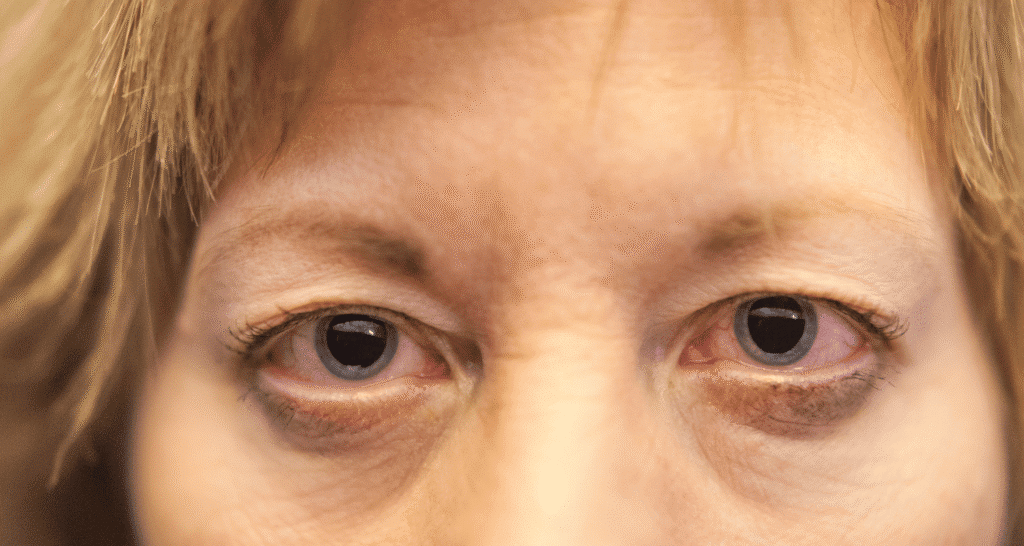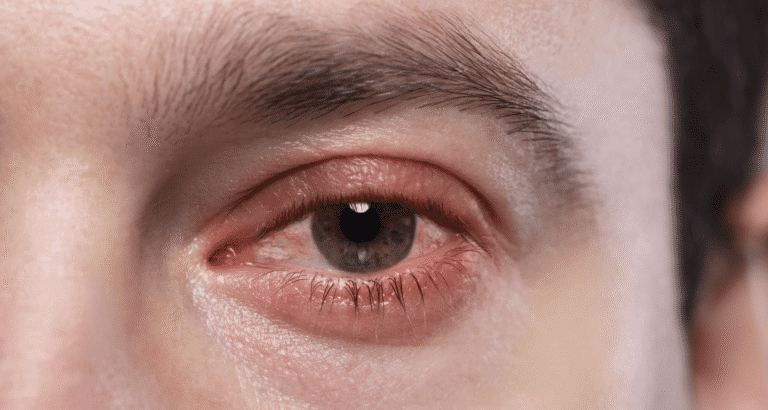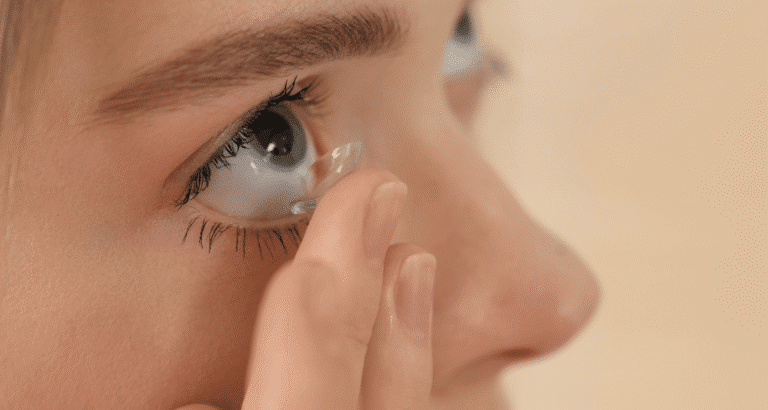When you go to your eye doctor for a comprehensive eye exam, there’s a good chance you will have your pupils dilated. Some patients are very uncomfortable with this part of the procedure, but you need to do your part in preserving this vision for the foreseeable future. Understanding the pros and cons of eye dilation can make you more comfortable about undergoing the procedure, as it is an essential part of your ocular health.
Why Do Eyes Get Dilated?
The eye dilation process involves the use of special eye dilation drops to widen the pupil temporarily. This lets more light enter and enables the physician to see a larger area of the retina, as well as the optic nerve and other internal eye structures. A dilated eye exam is the only way to be able to thoroughly check for conditions like glaucoma, macular degeneration, diabetic retinopathy, and even early signs of systemic diseases like hypertension or diabetes.
In other words, your eyes get dilated because it is the best way to identify any changes that may pose a threat to your vision well in advance of you becoming aware of symptoms.
Eye Dilation Procedure
It’s an easy, painless process. During an eye examination, the drops are placed in each eye. Your pupils slowly expand over the course of 15 to 30 minutes. When the pupil is fully dilated, the doctor employs special lights and lenses to view the back of the eye. The treatment is non-invasive; the only catch is that the drops take a few hours to wear off. Patients often experience blurry eyesight following dilation, difficulty with near vision, and photosensitivity.
Benefits of Eye Dilation
Eye dilation is highly beneficial, which is why it remains the gold standard for comprehensive examination. A dilated exam enables your eye doctor to find health conditions early, sometimes long before you have symptoms. This can be life-saving, as early intervention can prevent irreversible vision loss in diseases such as glaucoma or diabetic retinopathy.
It is also essential for detecting changes in the retina and optic nerve, tears or detached retinas, and swelling of the eye, as well as for monitoring eye health in patients with high blood pressure or diabetes. Many of these conditions would be overlooked or diagnosed much later without dilation, when treatment becomes less effective.
Eye Dilation Side Effects
Dilation is essential; however, it has temporary drawbacks—side effects of the dilation process. Eye dilation side effects typically include difficulty focusing on close objects, problems reading or using a tablet, and increased sensitivity to bright light. Patients are also advised to use sunglasses immediately after, as they may experience light sensitivity.
They generally wear off between 4 and 6 hours, but can last longer in some individuals (particularly those with lighter-colored eyes). The side effects are temporary, but they can be a pain for busy people.
Eye Dilation Risks
While the procedure has earned a reputation for its safety, it is essential to be aware of certain risks associated with eye dilation. Patients may also, in rare instances, experience allergic reactions to the drops, eye irritation, and a sudden increase in eye pressure. Patients with specific eye diseases, for example, narrow-angle glaucoma, should consult their doctor regarding precautions when considering dilation.
How Long Does Eye Dilation Last?
This is one of the most frequently asked questions by patients: “How long does eye dilation last?” The effects typically last up to 4-6 hours for most people. It may take children and people with lighter eyes longer to recover. Because dilation can lead to blurry near vision and glare, it’s best to schedule the appointment when you won’t need to return directly to detailed work immediately afterward.
Eye Dilation and Driving
A common question is whether it is safe to drive home after dilation. Eye dilation and driving will depend on how much your eyes dilate in response to the drops. Some patients can drive following treatment, especially with sunglasses on to minimize glare. Some people’s vision is too fuzzy or light-sensitive, especially in bright sunlight or at night. It’s usually a good idea to arrange for a ride, especially if it’s your first time being dilated or if you don’t know how your eyes will react.
Eye Dilation Sensitivity
Sensitivity to light is one of the most telling side effects of dilation. When your pupils are dilated, they can’t tighten up to restrict the entrance of light into your eye. This photosensitivity leads to discomfort in outdoor conditions, specifically. After you’re dilated, sunglasses are also a must-have, and most clinics will give patients some temporary dark lenses to help with the brightness once they leave.

Pupil Dilation Effects
In less time, over which your vision is temporarily blurred and sensitive, you will have wider pupil dilation effects, further enhancing an eye doctor’s ability to evaluate all components of your eyes thoroughly. These effects are critical for the detection of covert eye diseases. While blurry vision is an annoyance for some patients, many find the advantages to be entirely worth the temporary nuisance.
Long-Term Side Effects of Eye Dilation
One of the concerns many people have is whether there are any long-term side effects associated with having your eyes dilated. Thankfully, studies have found that dilation drops are safe; however, it is not surprising that their effects don’t last long. There are no permanent changes to your eyes, vision, or pupil functioning. Uncommon complications, including persistent blurring of vision or allergies, usually resolve promptly and can be treated by your eye doctor.
Eye Dilation Cost
One of the questions we often get from our patients is, ‘How much does eye dilation cost?’ Dilation is typically part of a complete eye exam, and it’s even covered by vision insurance in most cases. However, when performed for medical reasons (such as checking for diabetes, glaucoma, or cataracts), it can and should also be billed under medical insurance. Out-of-pocket costs differ depending on the clinic, insurance coverage, and type of exam.
Eye Dilation for Diagnosis
Dilatation is invaluable for diagnosis. Many diseases remain asymptomatic during the initial stage of their development. With a dilated exam, doctors can identify problems like retinal tears, macular degeneration, diabetic retinopathy, optic nerve damage, and even cancer. Indeed, eye dilation can even reveal early warning signs associated with systemic health conditions, such as high blood pressure and elevated cholesterol. For patients with risk factors such as diabetes, a family history of eye disease, or significant refractive errors, periodic dilated eye exams are crucial for maintaining eyesight throughout life.
Eye Dilation and Cataracts
Many patients ask about the relationship between dilating and cataracts. Although dilation does not cause cataracts, it is necessary for detecting them. With a dilated exam, the doctor may check cloudiness in the lens and assess if surgery for cataracts is likely to be required at some point. Dilation is also performed in cataract assessments to assist surgeons as they measure and plan lens implants.
Eye Dilation Alternatives
Today, we now have alternatives for eye dilation made possible by technology. Imaging modalities such as OCT and widefield retinal imaging can obtain a deep look into the retina without dilation. However, neither alternative offers the same level of detail, and many eye doctors view dilation as a more reliable tool for conducting a comprehensive evaluation. There are occasional substitutes, but in most cases, the old dilation, to a greater or lesser extent, remains.
Balancing the Pros and Cons
What are the upsides and downsides of eye dilation? The upside is that dilation is the best way to catch severe eye diseases early and protect your long-term vision, while also providing a comprehensive health evaluation for your eyes. On the negative side, the side effects are temporary, including blurred vision up close and sensitivity to light, and it can be a real pain to arrange for transportation afterwards.
The advantages definitely outweigh the disadvantages. The overwhelming majority of patients agree that several hours of mild discomfort are a small price to pay for the peace of mind that comes with knowing their eyes have not been overlooked.
Conclusion
Eye dilation remains one of the most valuable steps in current eye care. Although some temporary blurred vision and sensitivity may be experienced during the test, this early warning of potentially eye-threatening conditions is one of the reasons we include pachymetry in our comprehensive eye examination. Talk to your doctor about what the experience will look and feel like and how best to prepare if you’re concerned.
At Barnes Talero Eyecare, we take the time to understand your eye care history and your unique vision needs. Through traditional dilating or advanced diagnostic imaging, we are committed to preserving your vision and providing you with the clarity you need for many years.
FAQs
Is there any danger from having your eyes dilated?
Eye dilation is supremely safe. The only side effects most people experience are temporary, like blurry near vision and light sensitivity. Occasionally, some people may develop an allergy to the drops or experience a temporary increase in eye pressure; however, the risks are low when under the care of an eye doctor.
What is the new eye test instead of dilation?
Some offices offer wide-field retinal imaging or OCT scans as an alternative to dilating the eyes. These state-of-the-art technologies can provide fine detail retinal images without the need for pupil dilation. But they may not always show as much as a good old-fashioned dilated exam does, so many doctors continue to recommend dilation for the most thorough evaluation.
Is it worth getting your eyes dilated?
Yes. The advantages of dilating the eye far outweigh any temporary inconvenience. Dilation enables your doctor to identify a wide variety of potentially serious eye conditions, such as glaucoma, macular degeneration, or diabetic retinopathy in their earliest stages, often before vision-threatening symptoms occur. Early detection is vital to safeguarding vision in the long term.
How often is it safe to have eyes dilated?
Most healthy adults should undergo dilation every one to two years as part of a comprehensive examination. Patients with risk factors like diabetes, a family history of eye disease, or vision problems already present may need dilated exams more frequently. Having your eye(s) dilated is safe as often as your doctor tells you it is necessary.




